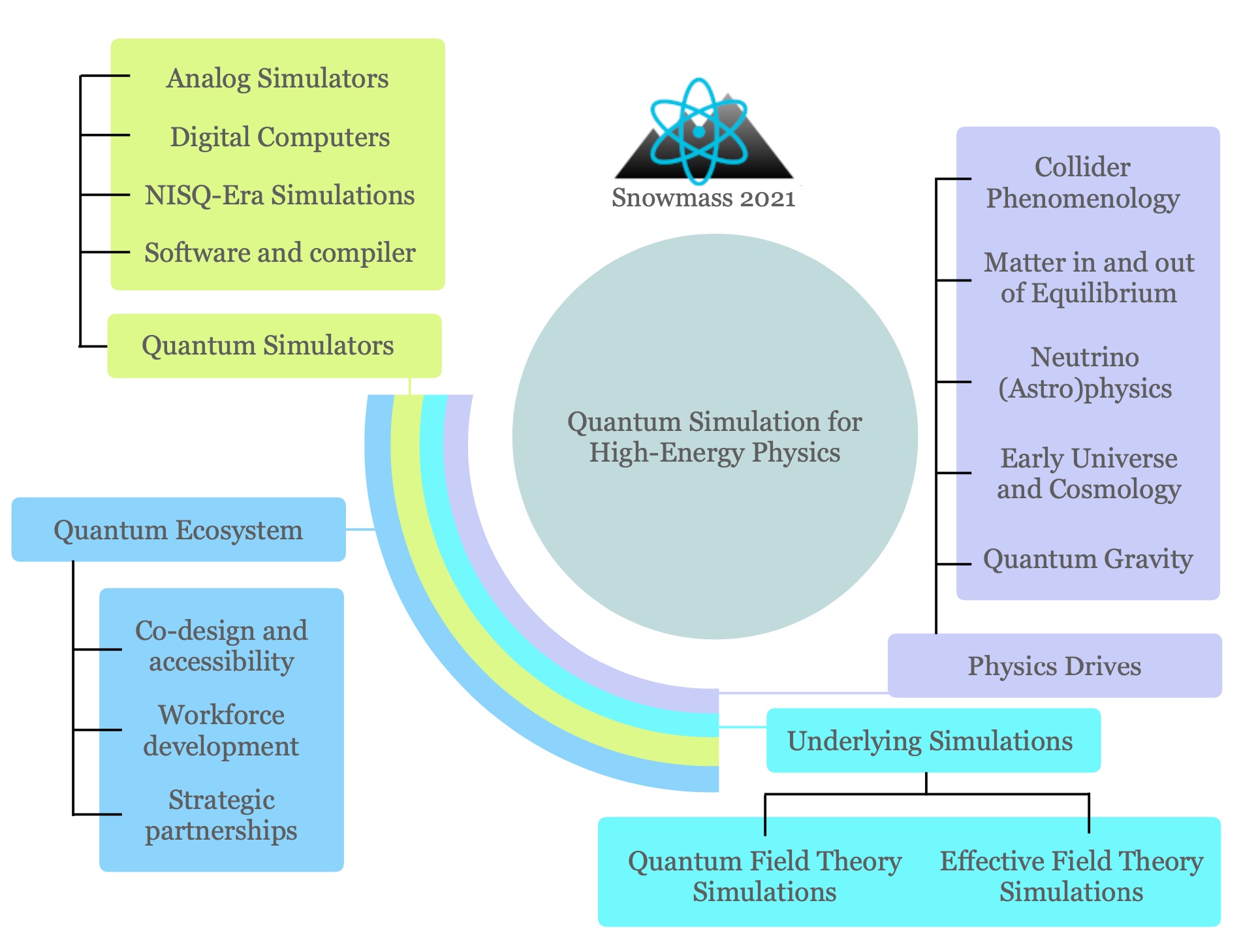It is for the first time that quantum simulation for high-energy physics (HEP) is studied in the U.S. decadal particle-physics community planning, and in fact until recently, this was not considered a mainstream topic in the community. This fact speaks of a remarkable rate of growth of this subfield over the past few years, stimulated by the impressive advancements in quantum-information sciences (QIS) and associated technologies over the past decade, and the significant investment in this area by the government and private sectors in the U.S. and other countries. High-energy physicists have quickly identified problems of importance to our understanding of nature at the most fundamental level, from tiniest distances to cosmological extents, that are intractable with classical computers but may benefit from quantum advantage. They have initiated, and continue to carry out, a vigorous program in theory, algorithm, and hardware co-design for simulations of relevance to the HEP mission. This community whitepaper is an attempt to bring this exciting and yet challenging area of research to the spotlight, and to elaborate on what the promises, requirements, challenges, and potential solutions are over the next decade and beyond.
This whitepaper is prepared for the topical groups CompF6 (Quantum computing), TF05 (Lattice Gauge Theory), and TF10 (Quantum Information Science) within the Computational Frontier and Theory Frontier of the U.S. Community Study on the Future of Particle Physics (Snowmass 2021).



